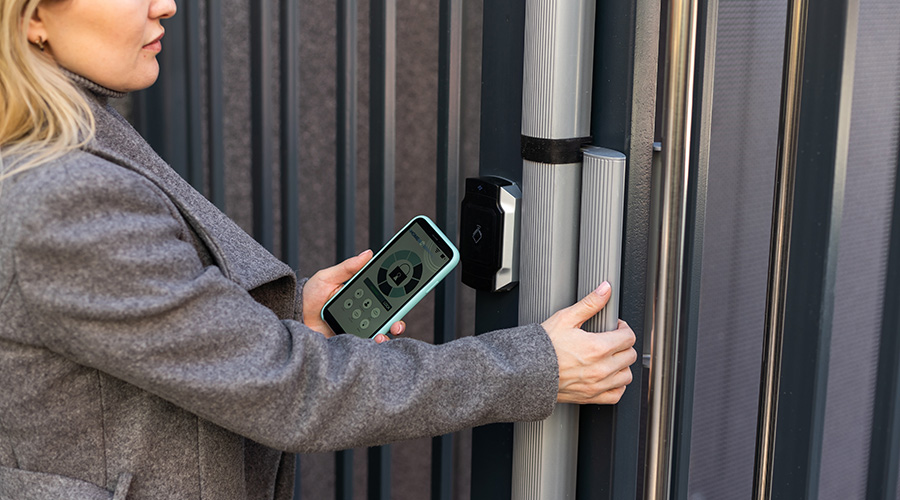Trash Receptacle Blast Resistance Standards Established
Two new standards address the lack of standards for blast resistance among trash receptacles.
Two new
standards address the lack of standards for blast resistance among trash receptacles.
While industry has been producing blast-resistant trash receptacles for years, there were no widely-accepted specifications for judging a manufacturer's particular claims of product safety, says the National Institute of Standards and Technology (NIST), which helped to develop the standards.
The two scalable standards, ASTM "E 2639 – 09a, Standard Test Method for Blast Resistance of Trash Receptacles" and "E2740 – 10, Standard Specification for Trash Receptacles Subjected to Blast Resistance Testing," will allow facility managers to know exactly how a given receptacle model has been tested against blasts and precisely what a passing grade means in terms of resistance, says NIST.
A trash receptacle has met the standard if it is capable of directing a blast upward, rather than outward, at a given level of force. While any receptacle will fail to direct the blast upward at some level of force, these two standards will allow a buyer to determine that level with confidence, says NIST.
The Science and Technology Directorate of the Department of Homeland Security (DHS) and several manufacturers began working on the standards with NIST in 2007. A third standard will help guide the placement of trash receptacles in buildings to minimize safety risks should a bomb detonate inside the containers.
Related Topics:











